Here’s what the experts suggest. A puncture can cause serious damage to a tire. After getting a flat, how many of your tires should you replace?
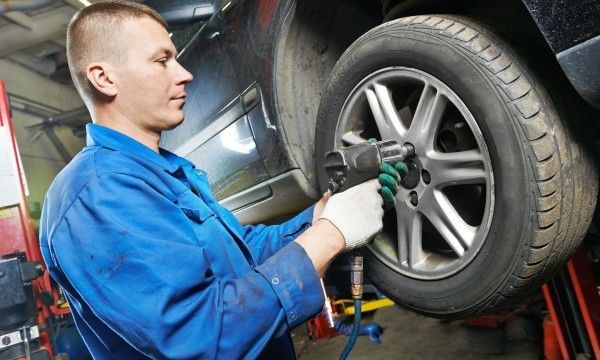
A punctured tire
A puncture is a pierce or break in the tire wall. It can be caused by driving over a sharp object and when the tire has experienced shock.
- You can often identify a puncture just by the appearance of the tire, which will deflate faster than normal or will have an unusual shape.
- Also, in the event of a puncture, the driver will notice a vibration when driving or difficulty controlling the vehicle.
- Not all punctures require you to replace your tire; some punctures, like those due to normal wear and tear, can simply be repaired.
- If the metal structure of the tire is not visible, or if the inside of the tire has not been damaged, you probably won’t need to replace it.
- However, there are situations when changing two tires—usually the one directly opposite the damaged tire—is necessary.
When to change two tires?
When a puncture occurs, it is important to consider whether to change just the damaged tire or a second one as well.
- The fact is that in some cases, it’s necessary to replace the corresponding tire on the other side of the vehicle.
- For example, if the right front tire of your car is perforated, you may also need to change the left front tire.
- Generally, it’s recommended that you replace both tires when the replacement tire isn’t the same size or it doesn’t have the same characteristics as the other.
- Although their dimensions match, don’t forget to check the tread pattern, which should be identical.
- The grooves of the new tire mustn’t be wider or at a different angle than the other ones.
- Also, if the remaining undamaged tire is close to the end of its lifespan and the tread depth is shallow, it’s best to change both.
- Pairing up a new tire with a worn one can throw off the car’s handling, and cause other mechanical problems.
- If the puncture is due to wear and tear, but the opposite corresponding tire appears less damaged, ask your mechanic to take a look.
- You may need to check your alignment if you notice uneven wear on your tires.
- Irregular tire wear can be the result of misaligned wheels, which will affect the performance of the tires and significantly reduce their lifespan.
If you are unsure as to whether you need to change one or two tires, seek the advice of an expert mechanic who will explain everything and advise you based on your needs and safety.
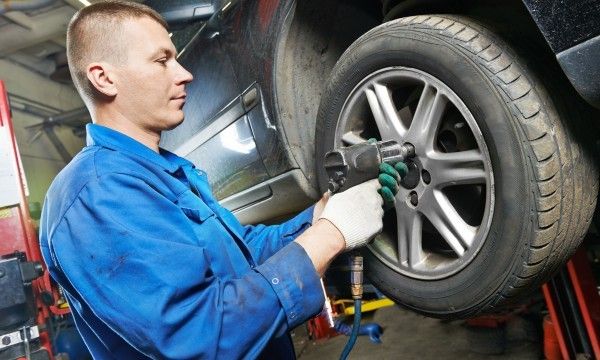
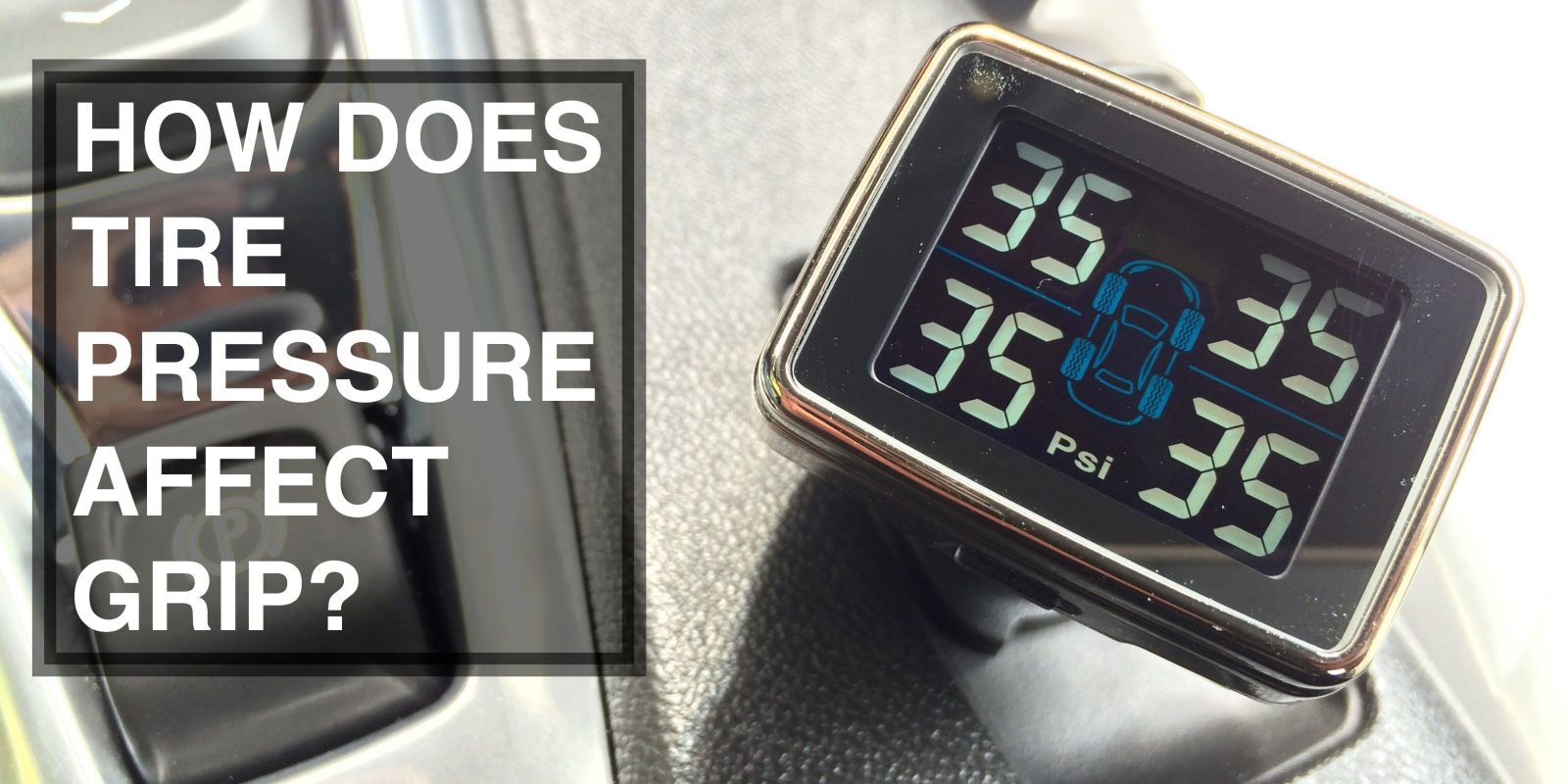
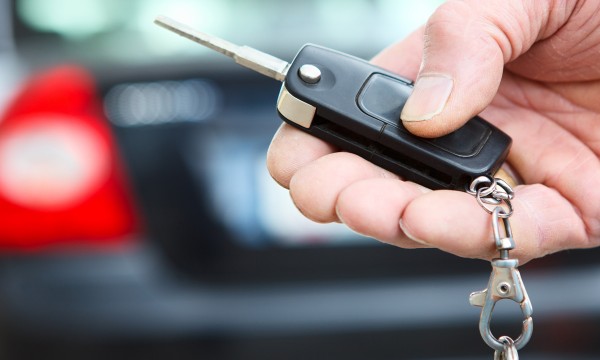
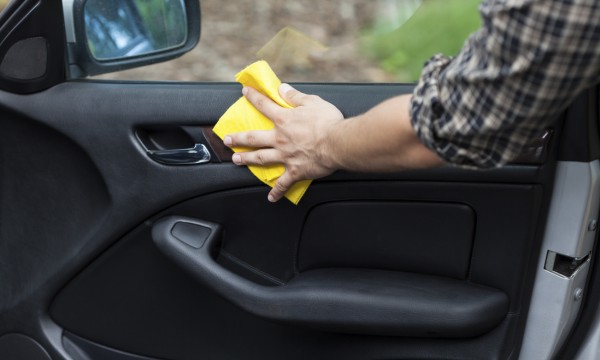
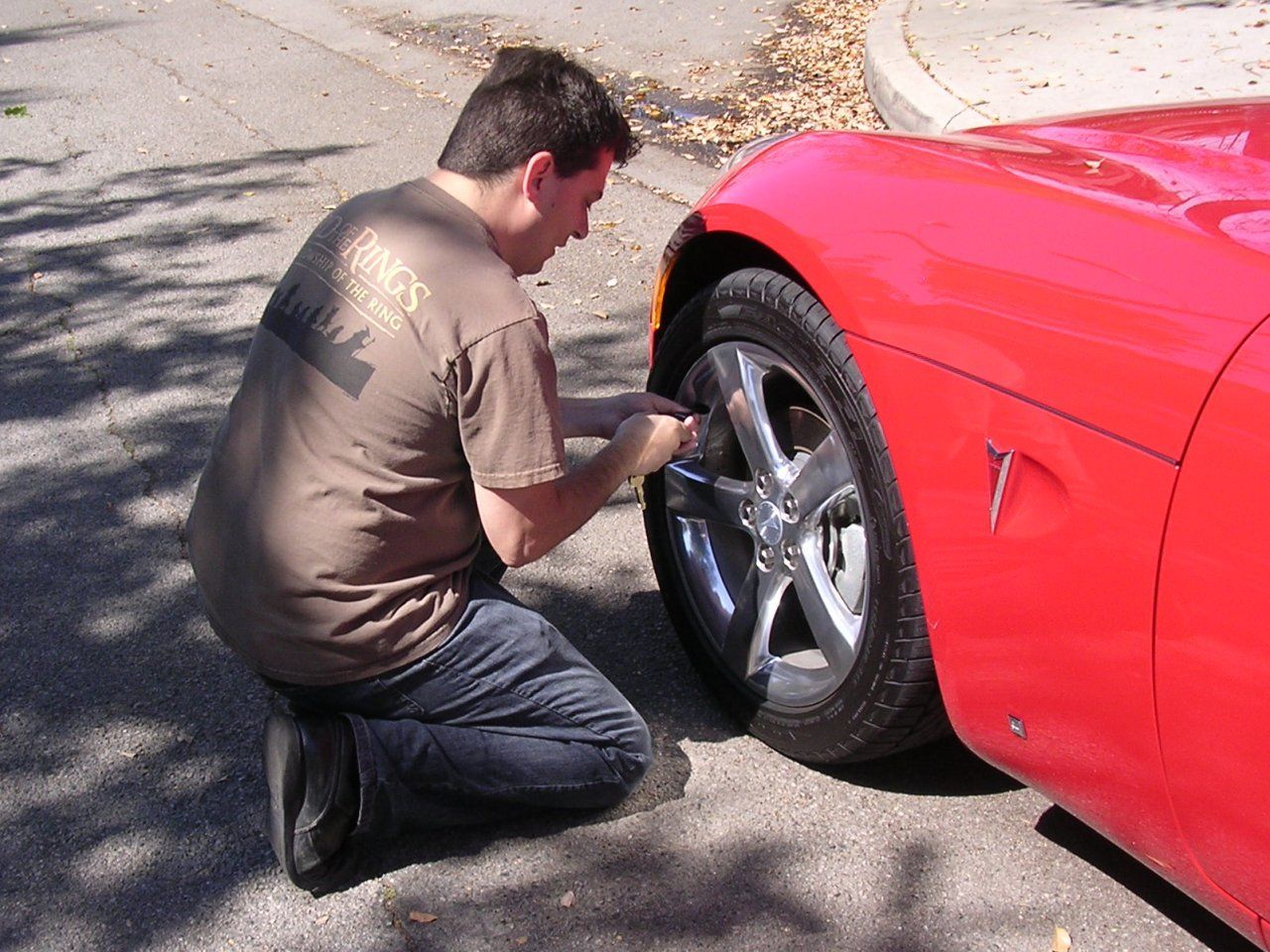
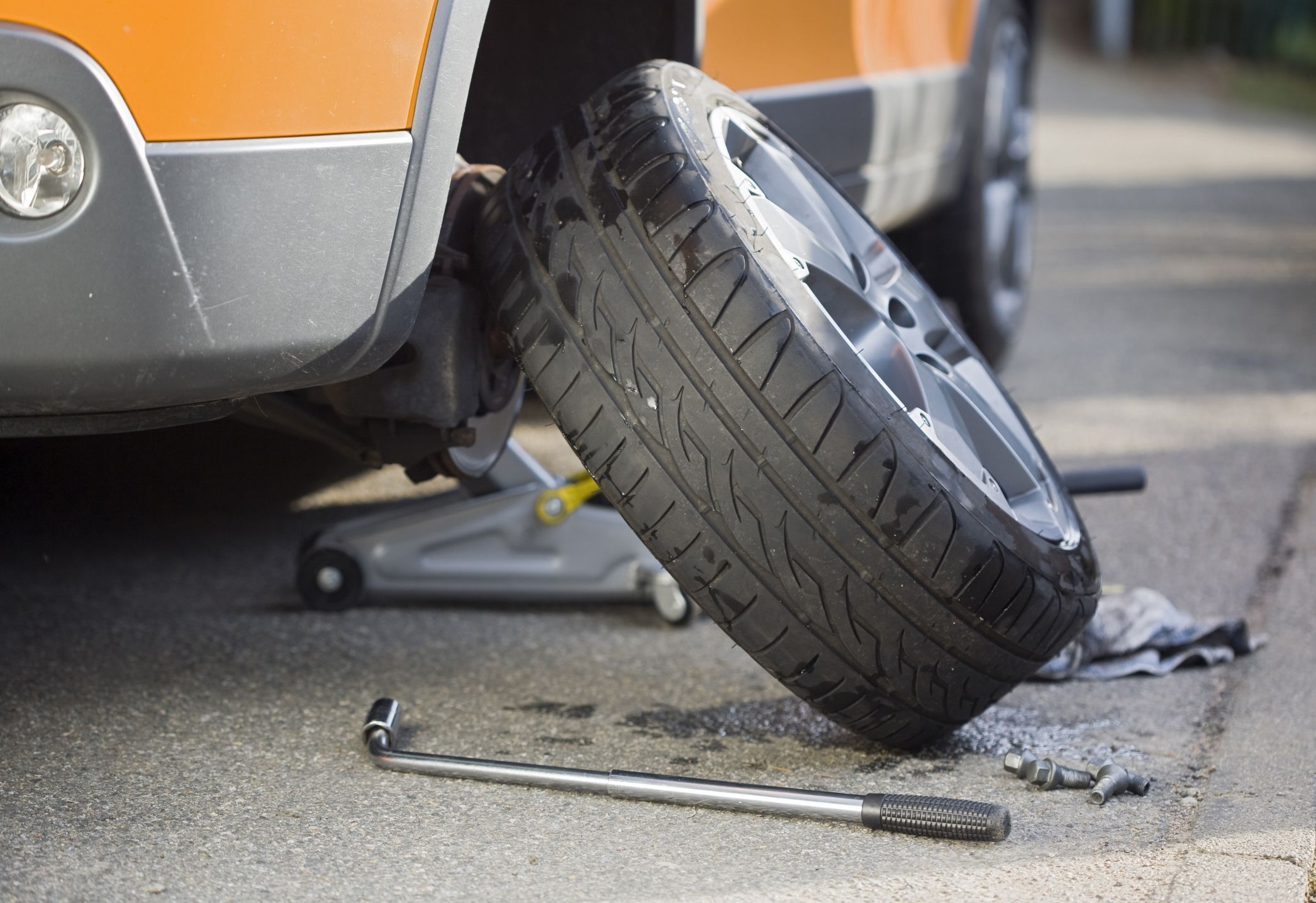

Recent Comments